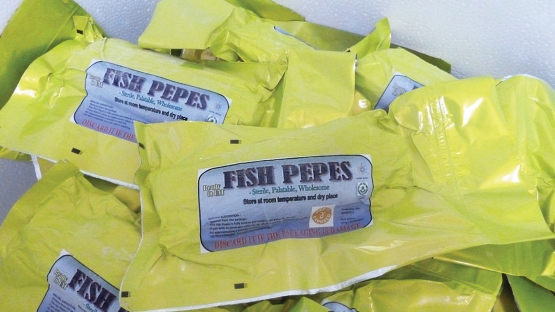In February 2014, a landslide swept away a remote Indonesian village in West Java, displacing more than 2 000 villagers. At the time, Indonesia’s National Nuclear Energy Agency was participating in a Joint FAO/IAEA Division project that was using food irradiation to develop safe hospital food and emergency rations. When the project staff members learned of the landslide, they decided to use the technique to package safe rations for distribution at the emergency shelter. The staff was determined to give the shelter residents more than just the calories and nutrients they needed: the goal was to give them food that would make them feel good.
What began in the 1970s as a method to provide quality food for space missions and was adapted as a method to ensure safe food for hospital patients with weakened immune systems has now expanded to yet another level: providing nutritious food rations in emergency situations when people are displaced and unable to return to their homes. The method employed here for all three of these groups is food irradiation.
Astronauts require food that has a long shelf life, is guaranteed not to make them ill and has a strong flavour because space is known to dull the sense of taste. For patients fighting diseases and dealing with weakened immune systems, the food must be very safe to eat, but it is also important that the food has a ‘home-cooked’ quality, which makes it more appealing for people dealing with long-term illnesses or chemotherapy as they often lose their appetites. For emergency rations, the food must be able to endure transportation and be stored at ambient temperatures as there is no refrigeration in difficult situations, such as in temporary evacuation centres.



